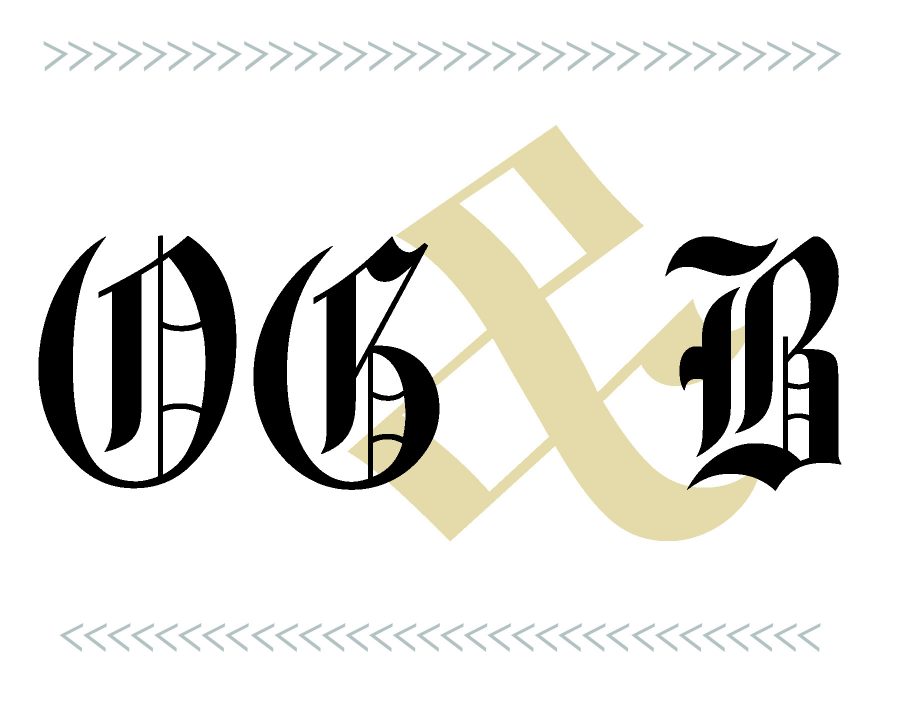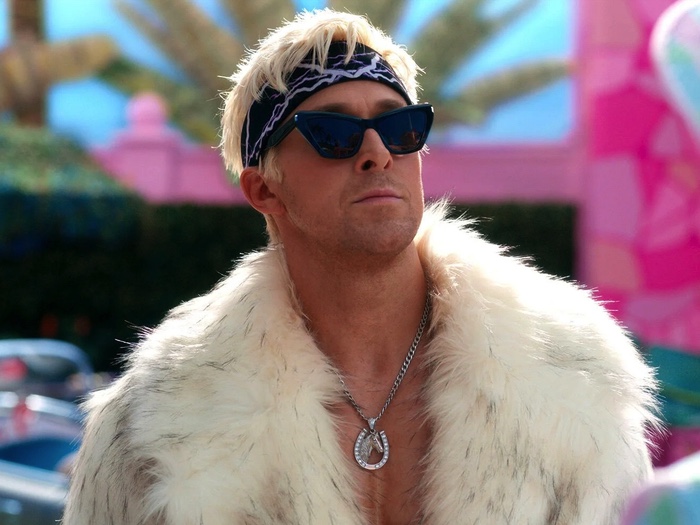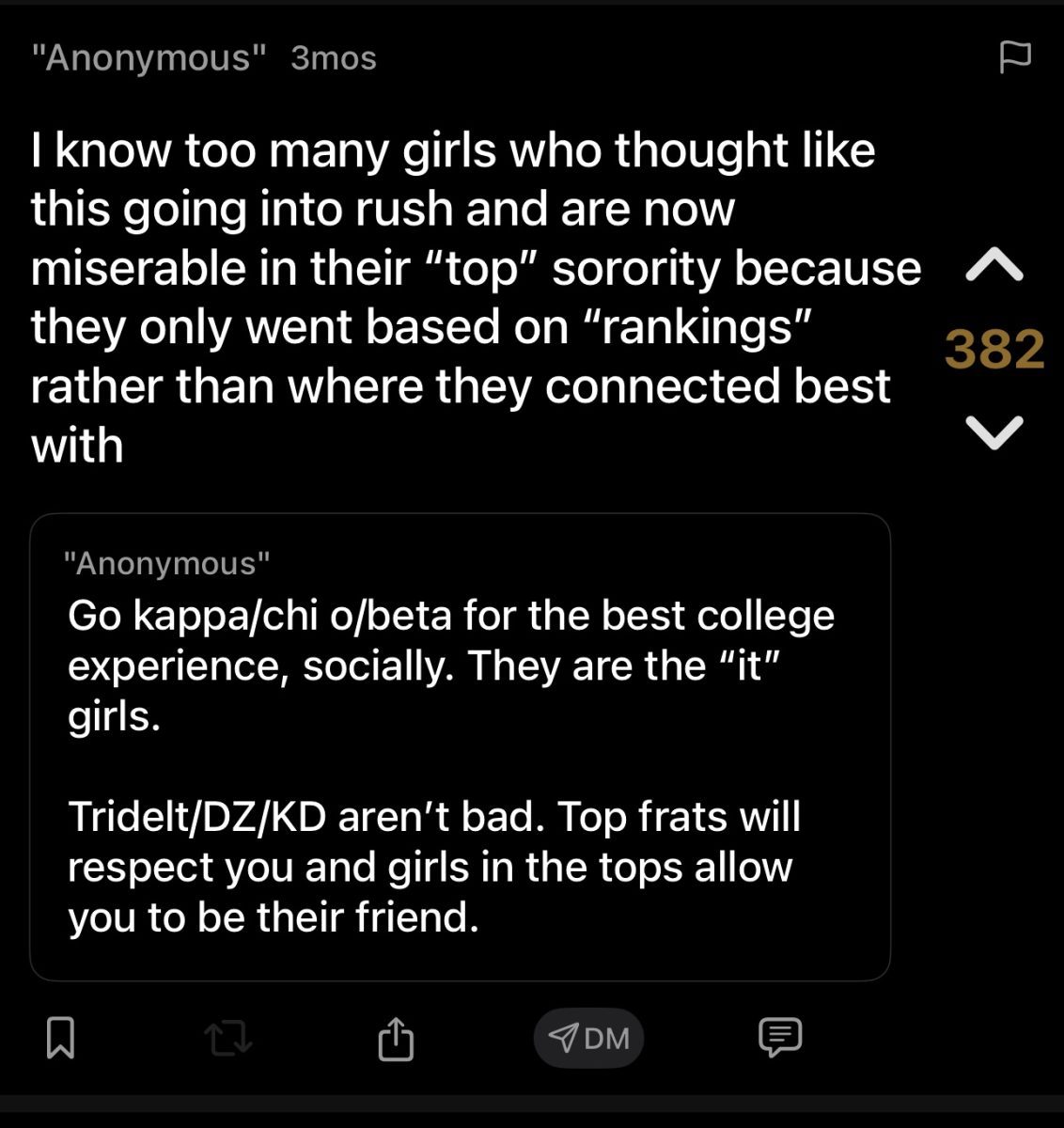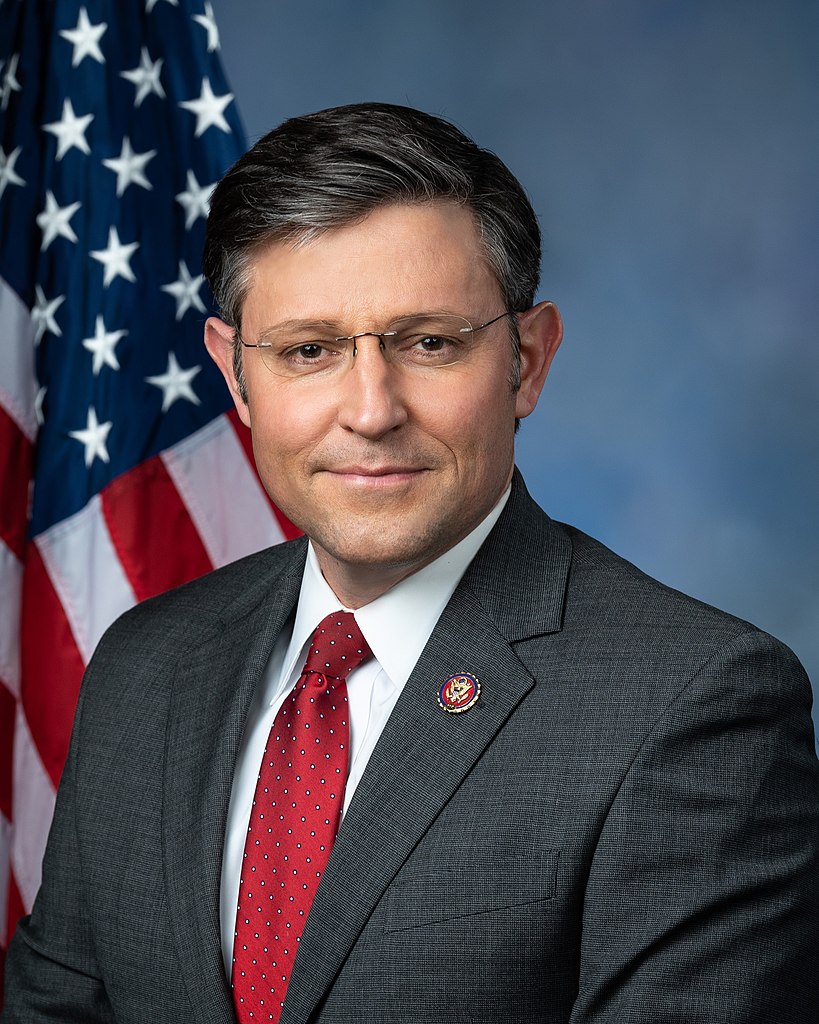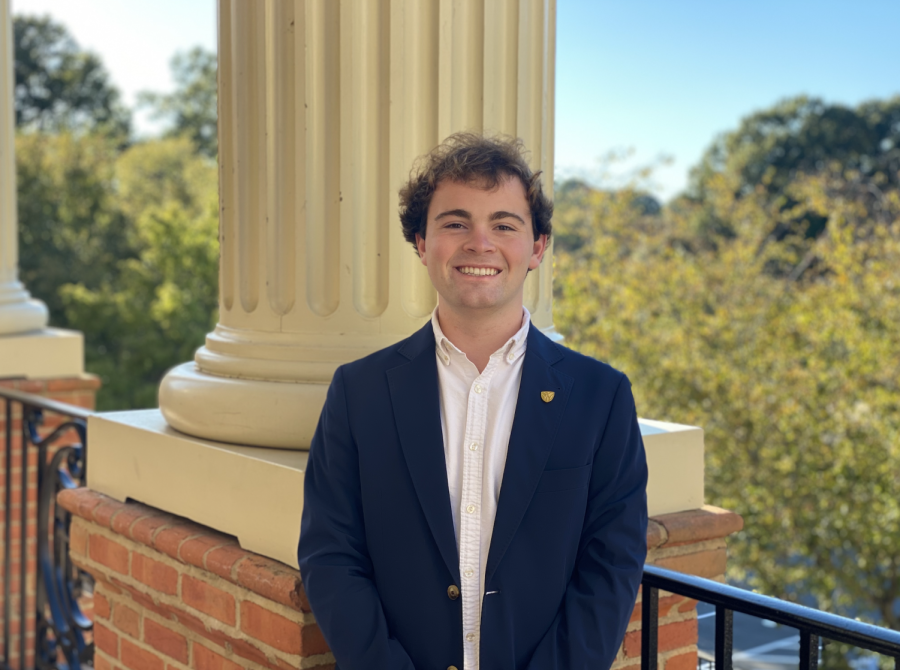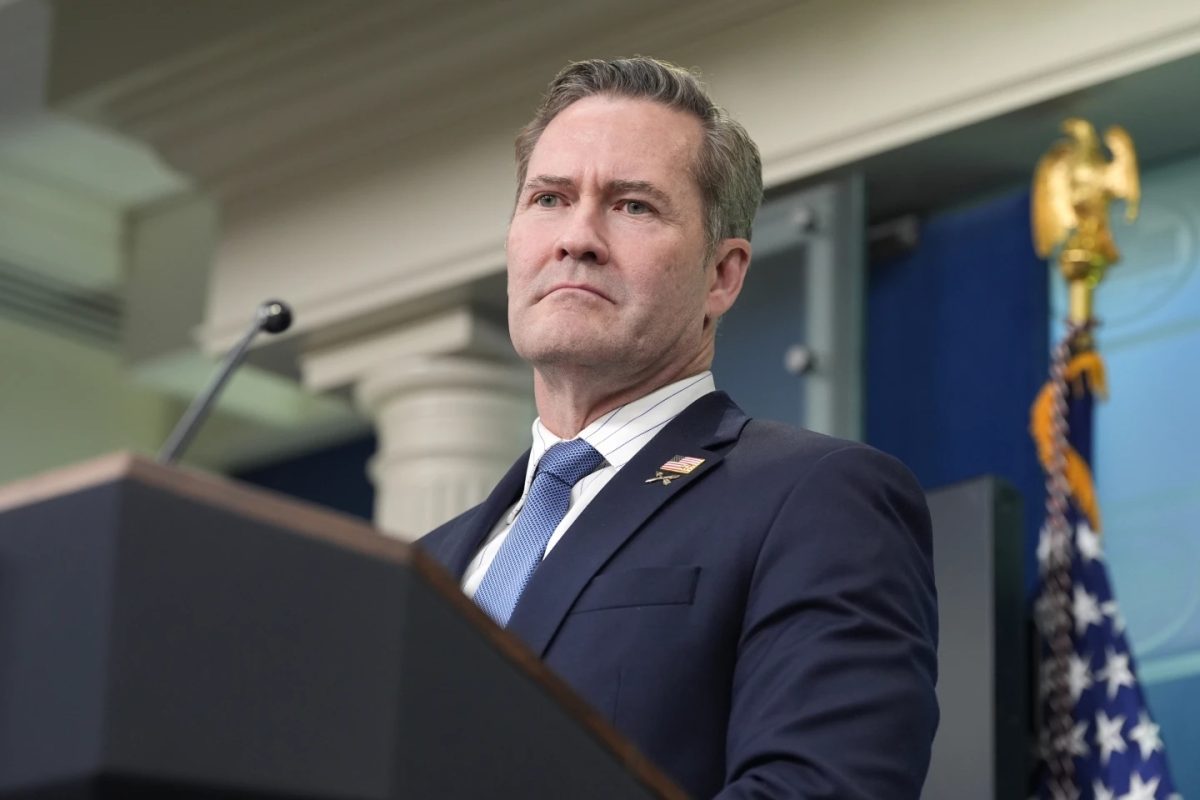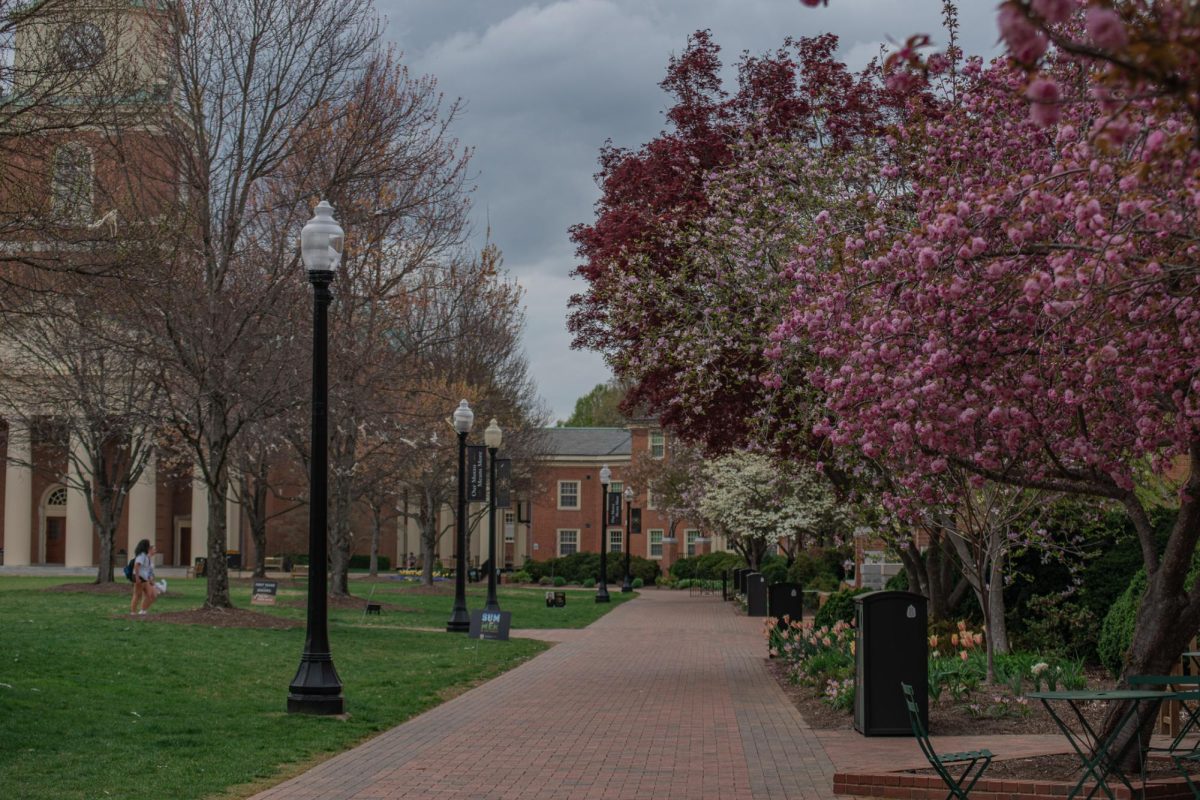The presidential primary election cycle is an entirely different animal every four years, but we can count on one aspect to stay the same. A mélange of intrepid senators, governors and other elected officials, all with visions of themselves at the Resolute Desk in the Oval Office alight in their eyes, will invariably start by paying a call to the state of Iowa and consuming copious quantities of corn on the cob.
Why? The small “flyover” Midwestern state holds its caucuses first, followed by primaries in New Hampshire, South Carolina and Nevada. Consequently, those four states exercise a significant degree of influence over who voters in the rest of the country will see on the ballot in later primaries. The winner of the early contests is generally anointed as the frontrunner with all of the electoral advantages that the title conveys — media coverage, attention from prominent donors and the Democratic National Committee and the imprecisely defined but existentially crucial “momentum.” Candidates who suffer a weak showing in Iowa and New Hampshire often suspend their campaigns soon after.
Obviously, the Iowa caucus and the New Hampshire primary will be the most important moments when it comes to paring down the crowded Democratic field. However, problems arise when one considers the fact that the populations of Iowa and New Hampshire are poor reflections of the increasingly diverse Democratic Party.
In addition, no heir apparent has emerged yet among the 17 Democrats who have so far lined up to run, and when so many aspirants split the vote, no candidate will need a commanding lead to win the Iowa and New Hampshire contests. While the diversity and size of the field is inarguably its strength, as I wrote in another column earlier this semester, it could potentially compound the problems inherent in the order of the state primary lineup. The bank of candidates is surely varied in experience; there is Washington Gov. Jay Inslee, South Bend, Indiana Mayor Pete Buttigieg, former congressman and Senate candidate Beto O’Rourke and a sizable group of U.S. senators including Bernie Sanders, Cory Booker, Kamala Harris, Elizabeth Warren, Amy Klobuchar and Kirsten Gillibrand. While all of the candidates share core progressive values, they each contribute different policy priorities and areas of expertise, such as the climate (Inslee), labor and the economy (Sanders and Warren), single-payer health care (Booker and Sanders), immigration (O’Rourke) and women’s and family issues (Gillibrand).
When all of the candidates face off in Iowa, the winner, as you might reasonably expect, will reflect the concerns of Iowans. However, because the Hawkeye State is one of the whitest and most rural states in the country, its priorities likely don’t reflect those of the larger Democratic electorate. Meanwhile, other candidates who may better represent the opinions of Democrats across the country may not perform as well in Iowa and subsequently be weeded out — even if they could have done well later on down the road and been stronger candidates nationally. This may not have been a significant problem in 2016, when Hillary Clinton’s candidacy in the general election was almost a foregone conclusion, but now, when the primary is anyone’s game, it could have a much larger impact on the state of the race.
Obviously, some state has to go first, but it doesn’t have to be Iowa. Let’s say for the sake of the argument that Democrats could order the primary calendar in any way they wanted. How should they do it? FiveThirtyEight’s elections analyst, Geoffery Skelley, scrutinized this question using data from the Cooperative Congressional Election Study, a survey of more than 50,000 people conducted by YouGov in conjunction with Harvard University. He then estimated each state’s potential Democratic electorate, breaking it into five groups: white voters with no college degree, white voters with a college degree, African-American voters, Hispanic voters and all others. Finally, Skelley analyzed how each state’s Democratic demographics differed from those of the country. Based on his analysis, the states that come closest to being a cross section of national Democratic voters are Illinois, New Jersey, New York and Florida.
As the primary election calendar exists now, several of those states go the polls fairly late in the game, so if they were to go first, candidates’ paths to victory would be significantly altered. It’s also worth noting that reordering the calendar based on Skelley’s analytical work would heavily favor states that have diverse electorates within their borders, which are often also more heavily populated. However, because multiple states vote on the same primary days, the advantage of larger states could be evened out if smaller states that are not particularly representative of the Democratic electorate on their own are grouped with others to form a pool of voters that does look like the party as a whole.
There is certainly no perfect primary calendar, but there is also no reason that an Iowa caucus in early February should be accepted without some discussion over whether the current schedule is worth keeping. For the 2020 race, the primary calendar has already been established, but in future years, if Illinois and New Jersey went first, primary candidates could face one additional litmus test: where they stand on Chicago versus New York pizza.



